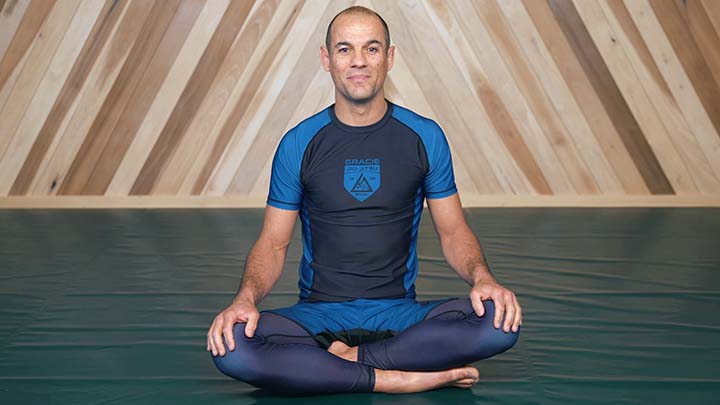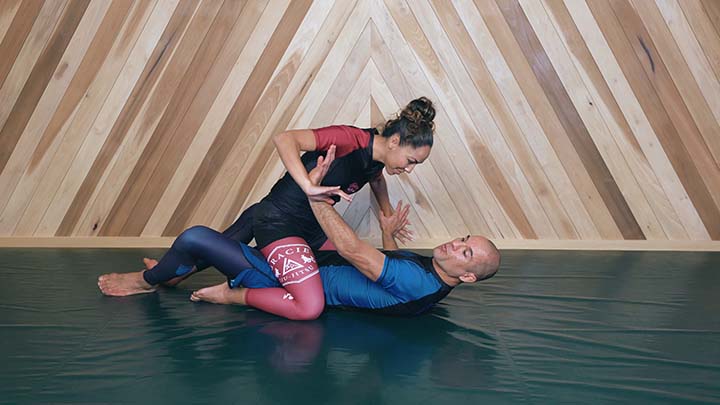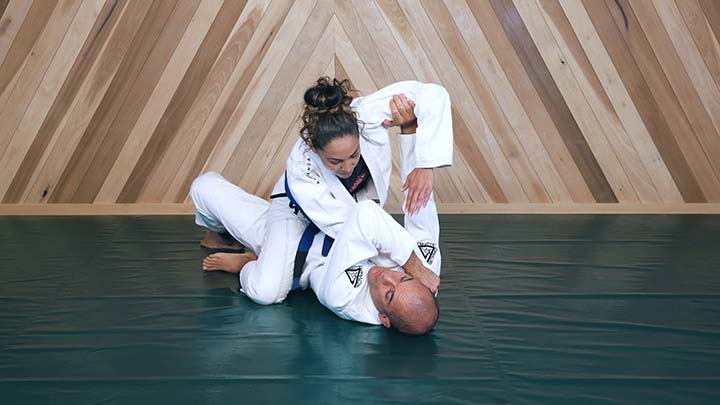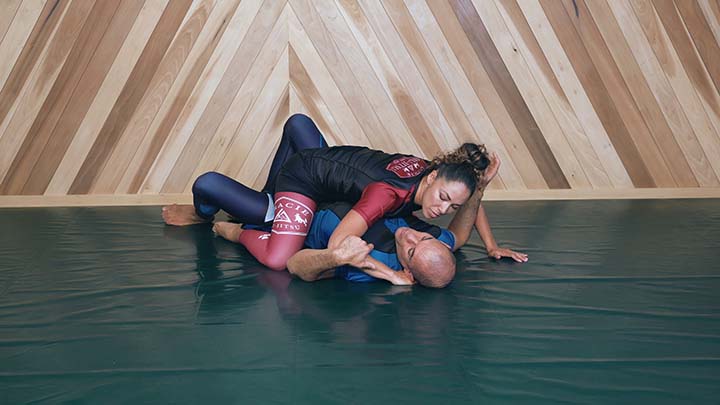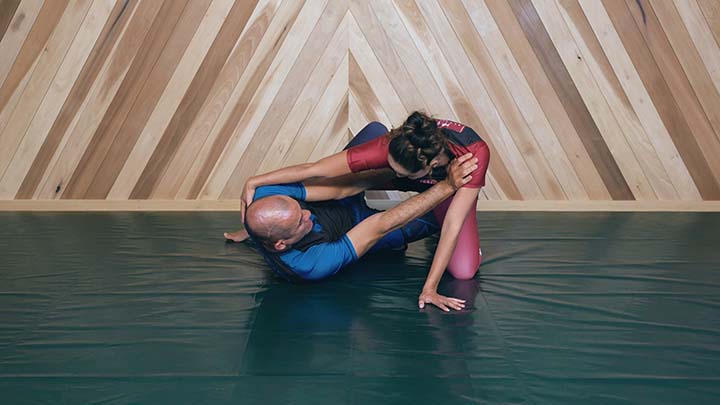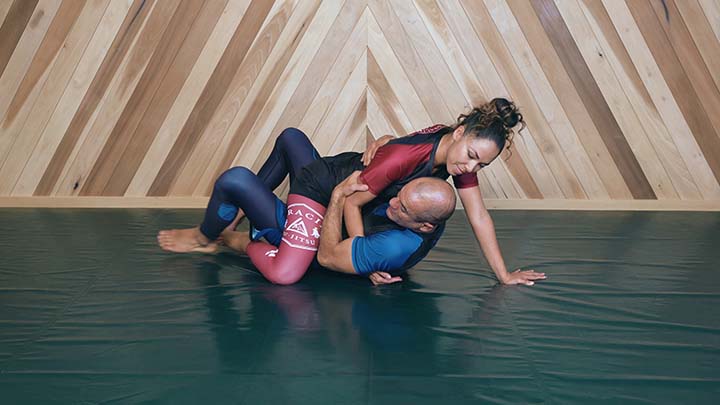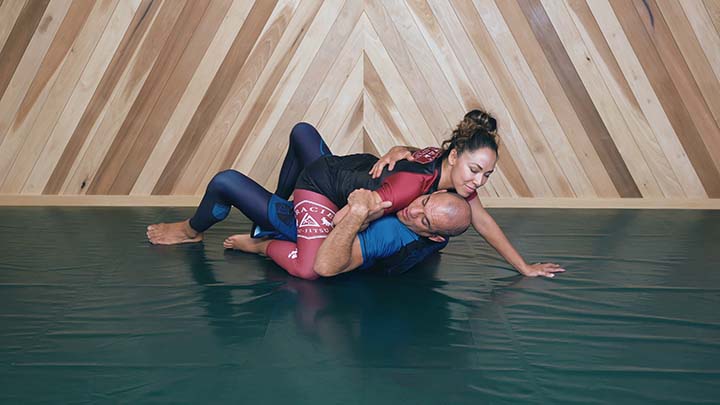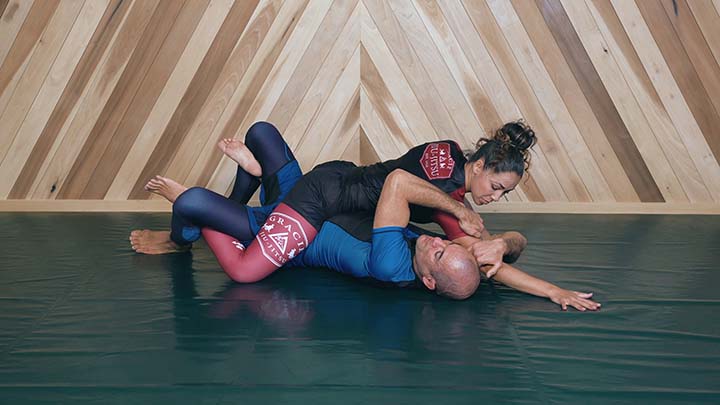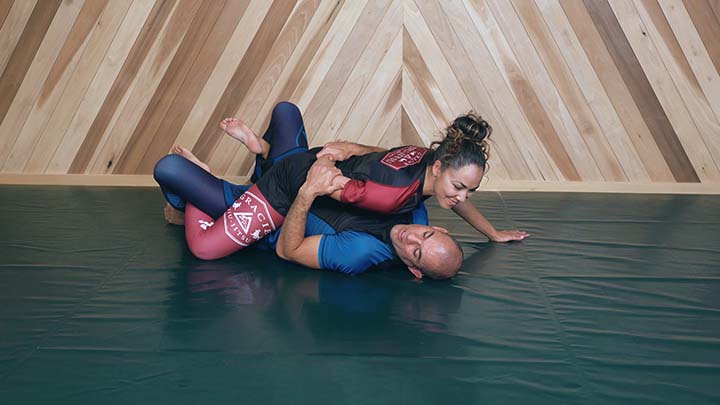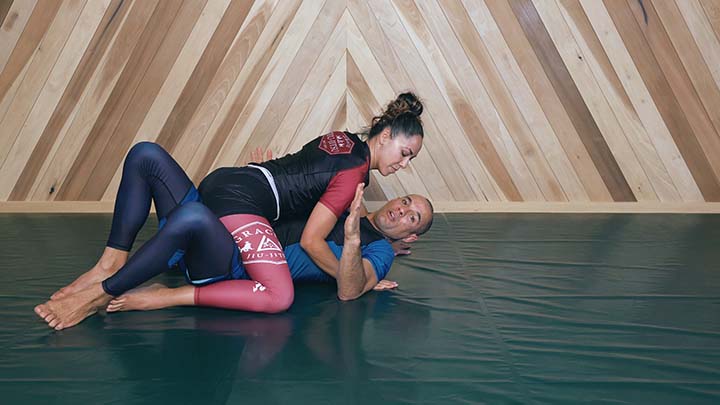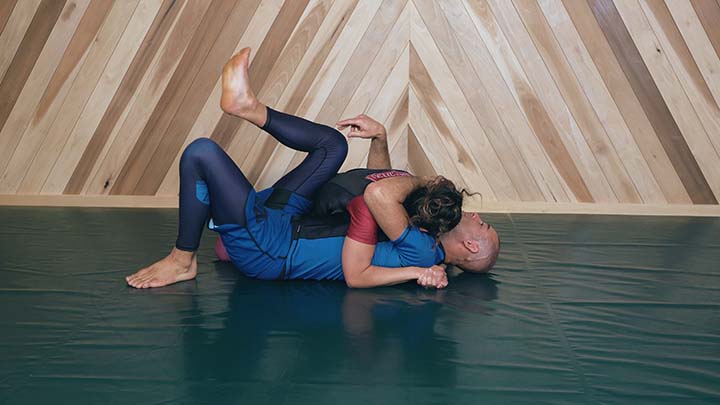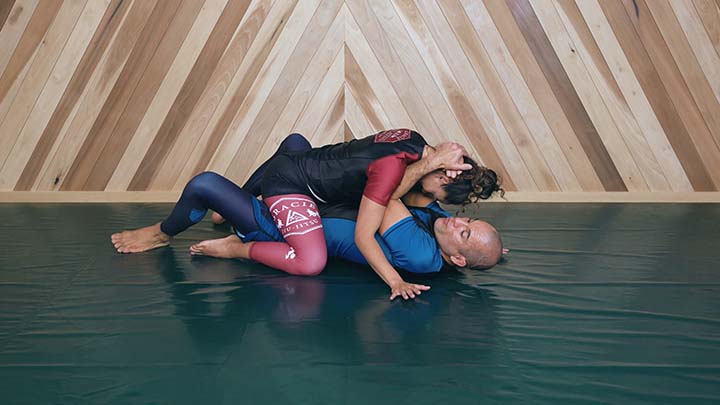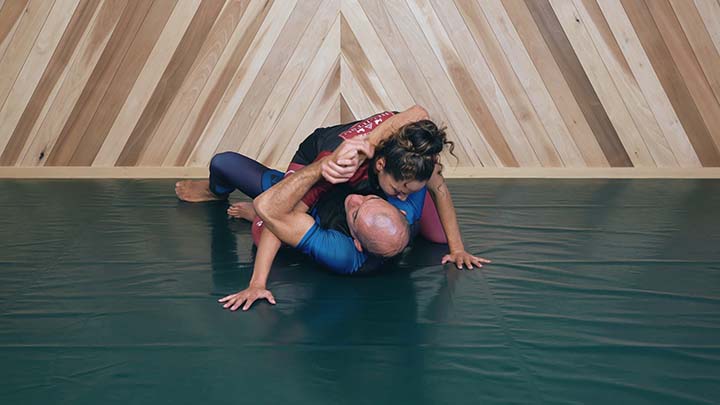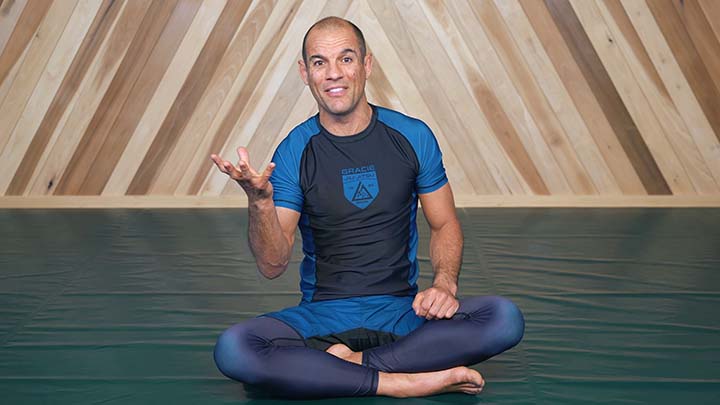🎁 Exclusive Discount Just for You!
Today only: Get 30% OFF this course. Use code MYDEAL30 at checkout. Don’t miss out!
This 12-part lesson will give you some great tools and techniques to help you escape the mount.
File Size: 3.56 GB.
Ryron Gracie – Gracie University – Trap & Roll Escape Mastery

The bottom of the mount is one of the most avoided positions in a street fight, competition and even in our everyday grappling with friends. It’s a position that has many advantages for the top person and disadvantages for the bottom person. The risks of being on bottom of the mount range from exhaustion and panic to being submitted or punched. When you have a very clear understanding of the dangers of being on the bottom of the mount, it’s only natural that you want to learn to defend yourself and learn all the possible ways to escape. This 12-part lesson will give you some great tools and techniques to help you escape the mount.
Course Lessons (17)
Trap & Roll Escape Mastery Intro
The bottom of the mount is one of the most avoided positions in a street fight, competition and even in our everyday grappling with friends. This 12-part lesson will give you some great tools and techniques to help you escape the mount.
Disclaimer
A few disclaimers for before you get started!
Lesson Outline
A brief overview of what’s to come in the Trap & Roll Escape Mastery Course.
Slice 1: Shadow Hands
When you effectively connect to the top person it makes it very difficult for them to surprise you because you have both sight and feel to read their intentions.
Slice 2: Second Hand
It’s very common for people to do everything in their power to keep their training partner’s hand from grabbing a collar when mounted. This is because we are trying to avoid being choked, interestingly enough… focusing on the first hand is what gets you choked, watching the second hand is where it’s …
Slice 3: Heavy Neck
When someone mounts you and is very low with their positioning, they often want to hug your neck. Sometimes the neck hug is for control and other times its to begin attacking. Either way, we can use their want to hug the neck against them.
Slice 4: Power Push
One strategy for escaping from the bottom of the mount is to introduce random behaviors; the power push is just that. The last thing your training partners expect is for you to push them off the top of the mount. Even though it’s not expected it will be respected, and that’s where we win.
Slice 5: North Move
In a situation where you have decided to close the distance and hug the person’s body from the bottom, sometimes their hands are posted but just out of reach for you to wrap. This is when you will move your opponent north or move yourself north.
Slice 6: Swim Catch
When you are constantly trying to wrap someone’s arm, it can be annoying for the person on top. When someone sees a window to avoid my control of their arm, they often take it. This technique catches your opponent when they are trying to move to safety.
Slice 7: Head Slip
For all your training partners that are fed up with being Trap and Rolled, this is how you will continue rolling them. When they do all the right things to keep from being rolled, they will give you everything you need.
Slice 8: Hand Feed
When someone’s hands are so far out of reach this tells us they don’t want their hands being touched, which is exactly how we are going to gain the most embarrassing control of their arm.
Slice 9: Elbow Anchor
When someone mounts on you and tries to underhook an arm to take away your Hip Thrust Escape, they give you another beautiful escape.
Slice 10: Mount Transition
When you have trouble escaping side control, you might consider allowing the mount and using this escape.
Slice 11: Head Control
Anytime you have an opportunity to frustrate your training partner I suggest you take it. Especially when it doesn’t put you in danger or burn too much energy.
Slice 12: Stage 1
Traditionally you were told to keep your elbows tucked in when you are on the bottom of the mount. Although there is truth to this, there is also a way to grab onto your training partner and really make their life difficult as well as set yourself up for an escape and it doesn’t involve putting yourself in too mu…
Action Steps
To make the most of this lesson, I suggest you take these action steps over the next 6-12 months.
The 6 Factors
The 6 factors that separate white belt Trap & Rolls and black belt Trap & Rolls.
Course Chapters
There are no individual chapters available for this course.
Course Goals
- Understand the Course Topic
- Refine your ability to execute the techniques presented in the Course
- Become familiar with the drills that can be used to develop your skills
- Achieve significant proficiency in the material
Testing & Certification
Course Features
- Lectures 0
- Quizzes 0
- Duration 10 weeks
- Skill level All levels
- Language English
- Students 25
- Assessments Yes

